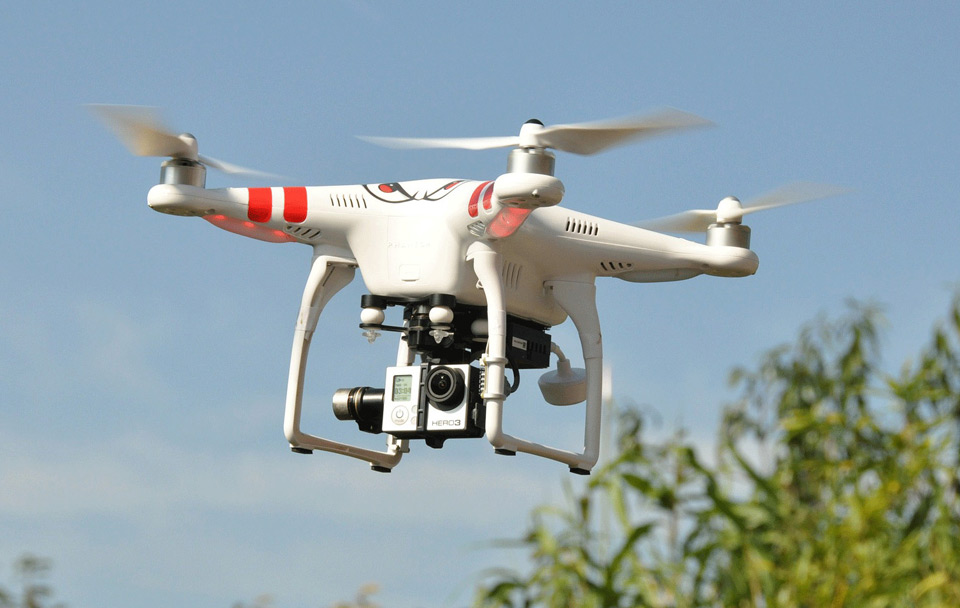Drone Rules in Effect
September 1, 2016 - On August 29, the FAA’s new rules governing the commercial use of small Unmanned Aircraft Systems (sUAS), or drones, went into effect. This was the culmination of a more than 18-month process to bring the increasingly popular segment of aviation under FAA authority. The rules, which exist in Part 107 of the Federal Aviation Regulations, address the operating limitations as well as airman certification and aircraft requirements related to commercial drone use.
Under the new rules, a person who wishes to operate a drone weighing less than 55 pounds for commercial purposes must obtain a remote pilot airman certificate with an sUAS rating, or be directly supervised by a person who holds the certificate. To obtain the remote pilot certificate, one must be at least 16 years of age and pass an aeronautical knowledge test at an FAA-approved testing center. Pilots with a current airman certificate (other than student pilot), must take an FAA-provided UAS training course. This brings commercial drone operations at least partially into the same aeronautical knowledge process as certificated pilots of manned flights. That’s an important element in the effort to establish safety minimums.
The rules also require visual line of sight with the drone as well as ATC notification for operations in class B, C, D, and E airspace, and prohibit operation at night. Operators must remain below 400 feet AGL and yield the right-of-way to manned aircraft, among other requirements.
Though Part 107 does not create additional requirements for recreational use of drones or model aircraft, it does codify the FAA’s enforcement authority over recreational users that endanger the safety of the National Airspace System (NAS).
After the commercial drone NPRM was released in February 2015, EAA commented on the proposed rule, stressing that manned aircraft should always have priority over drones within the NAS and that no new equipment mandates should be required of manned aircraft as a result of drone integration. EAA has also taken the position that airspace access for manned aircraft should not change as a result of the increase in commercial drone operations.
“Part 107 represents a significant step in bringing commercial drone operations under FAA oversight,” said Sean Elliott, EAA’s vice president of advocacy and safety. “While we recognize the popularity and potential of drones, EAA will continue to work with FAA and industry to ensure manned aircraft are not adversely impacted by their integration into the NAS.”
Members who are interested in learning more about the new rules or wish to pursue a remote pilot certificate are encouraged to visit the FAA website for more information.

